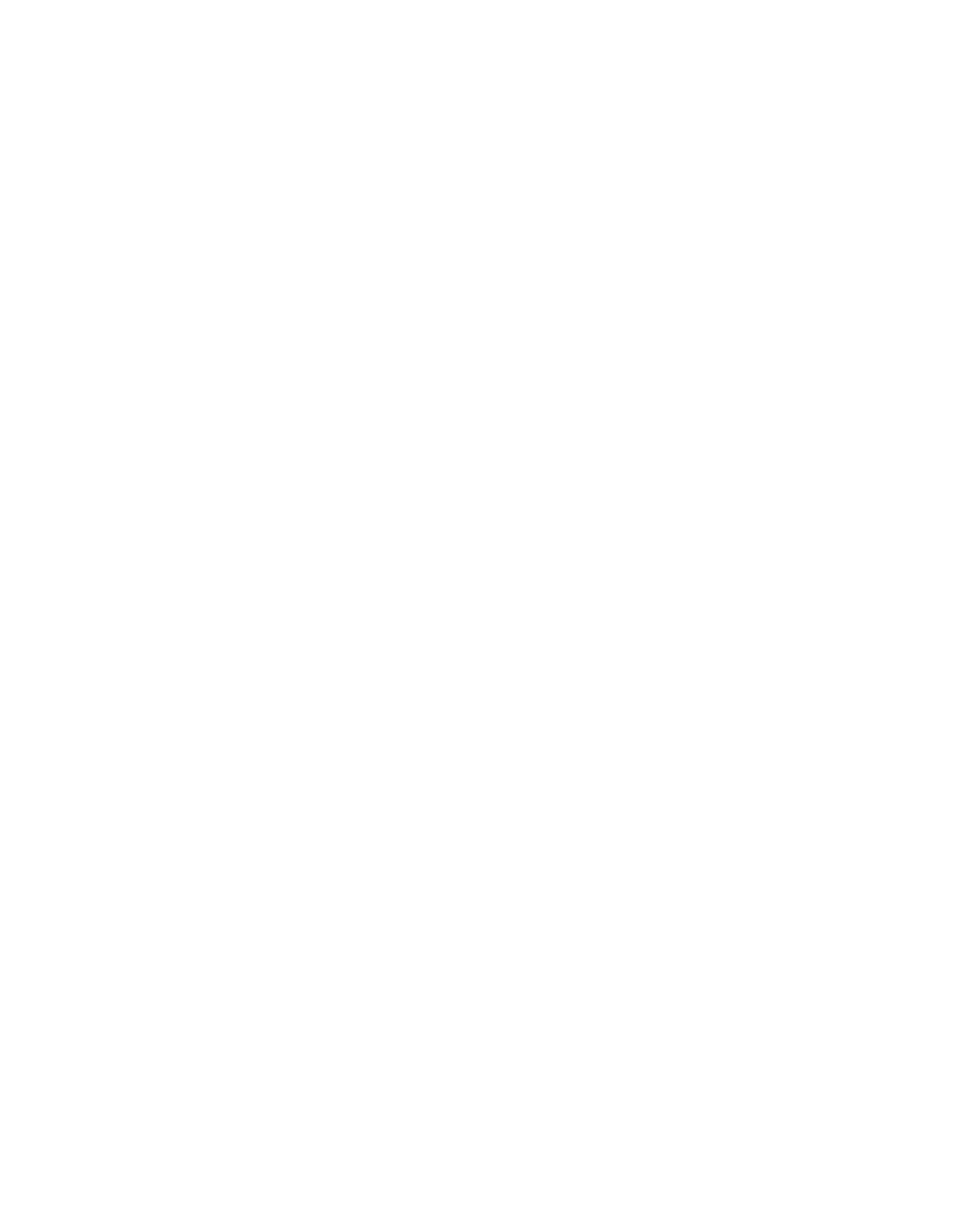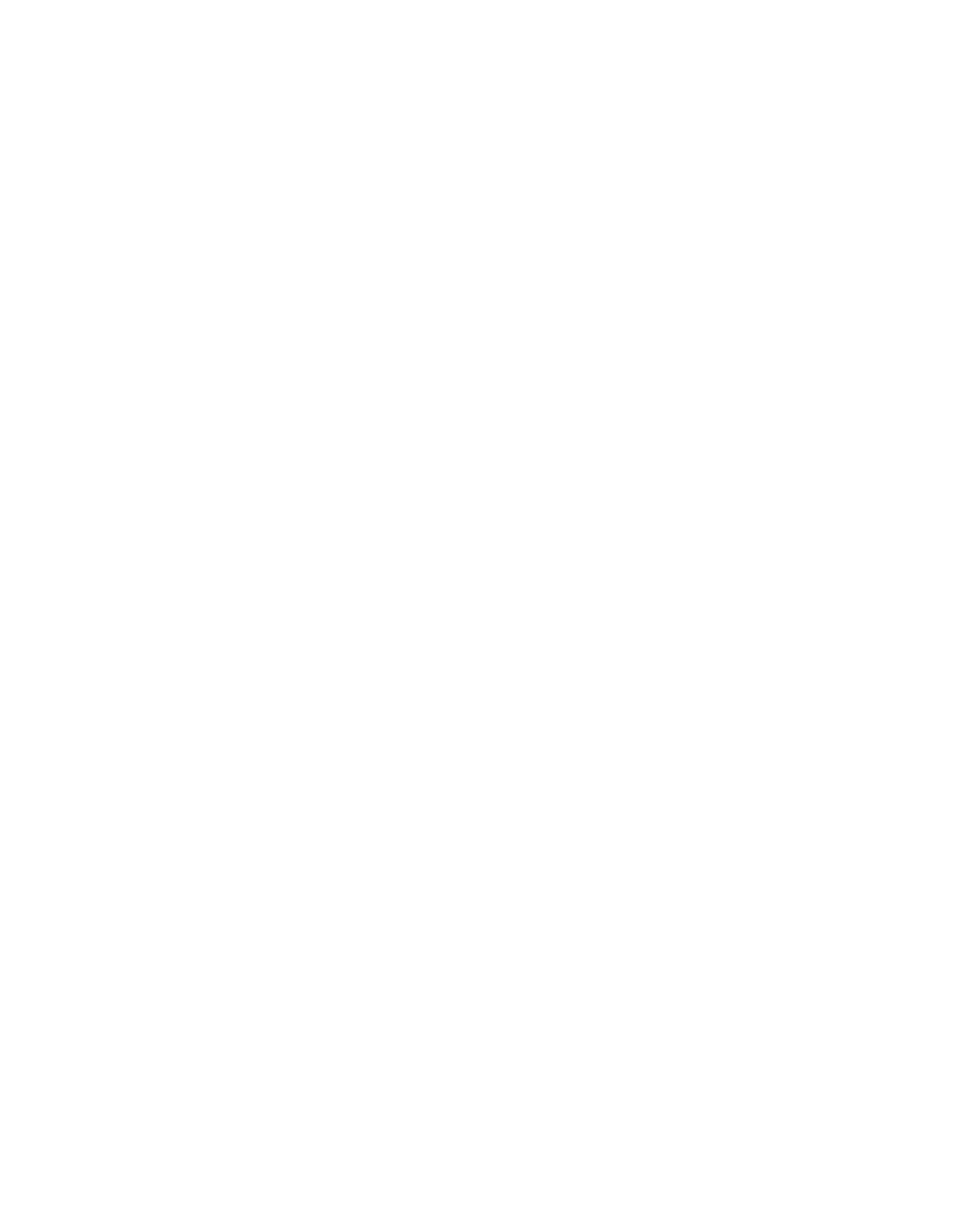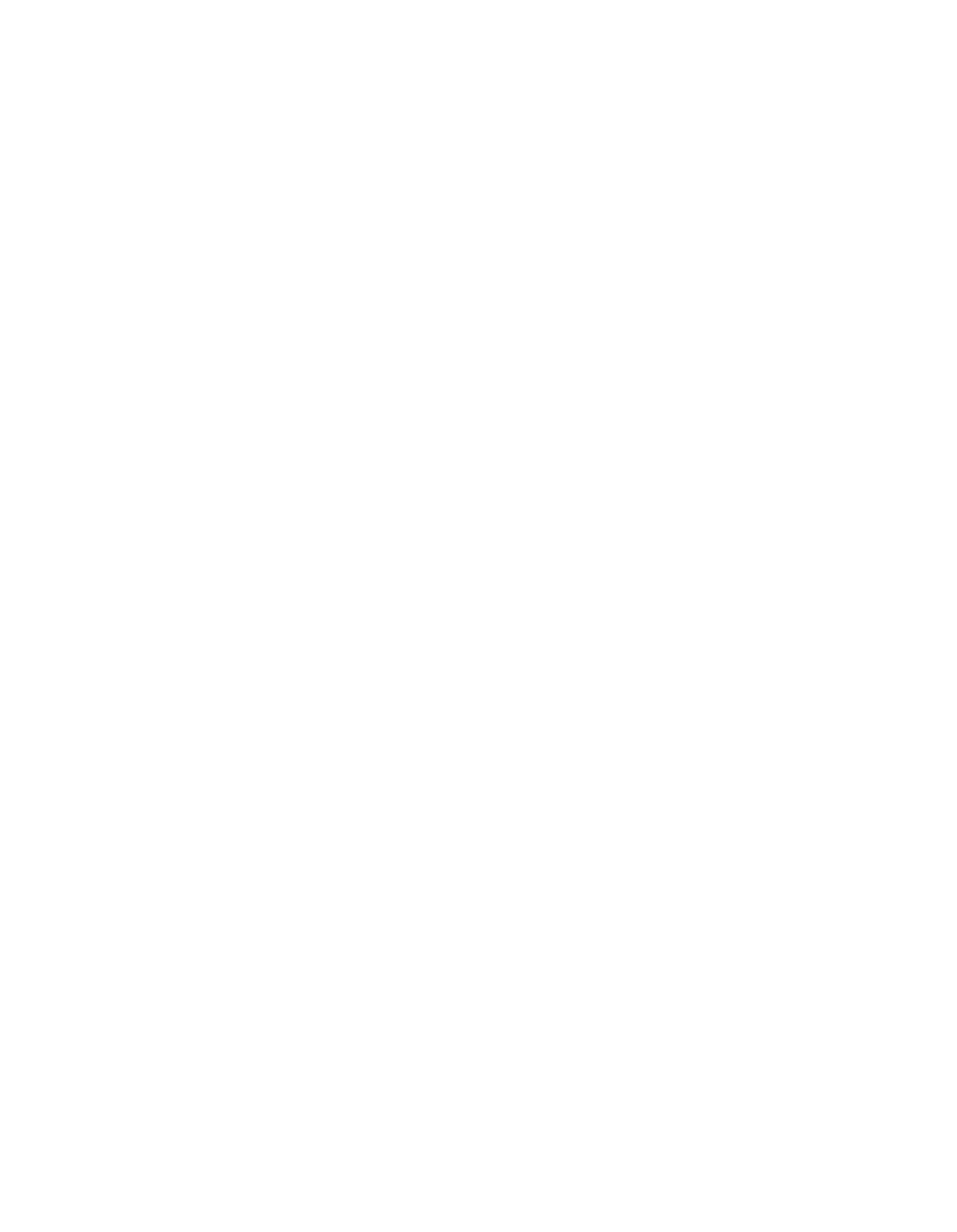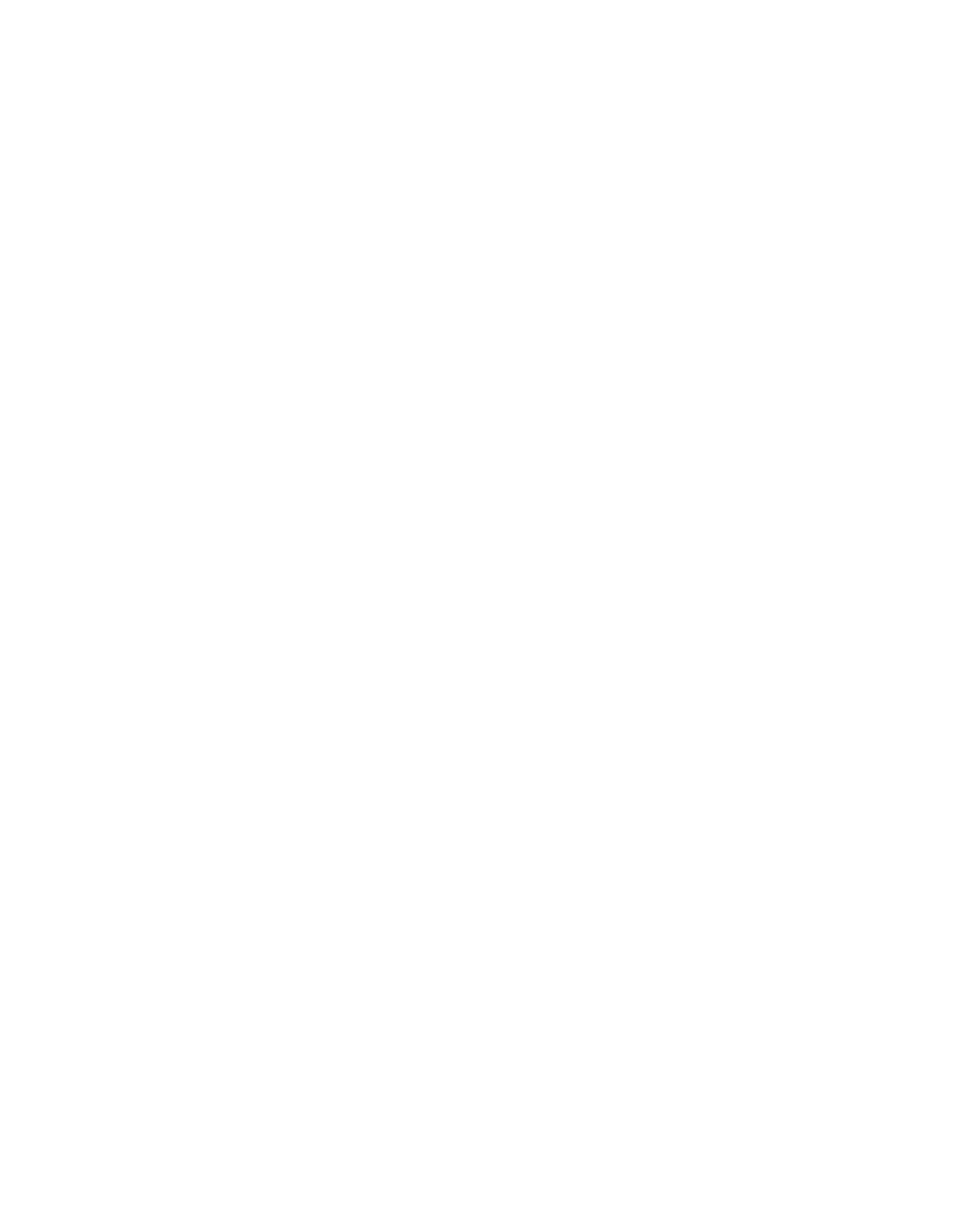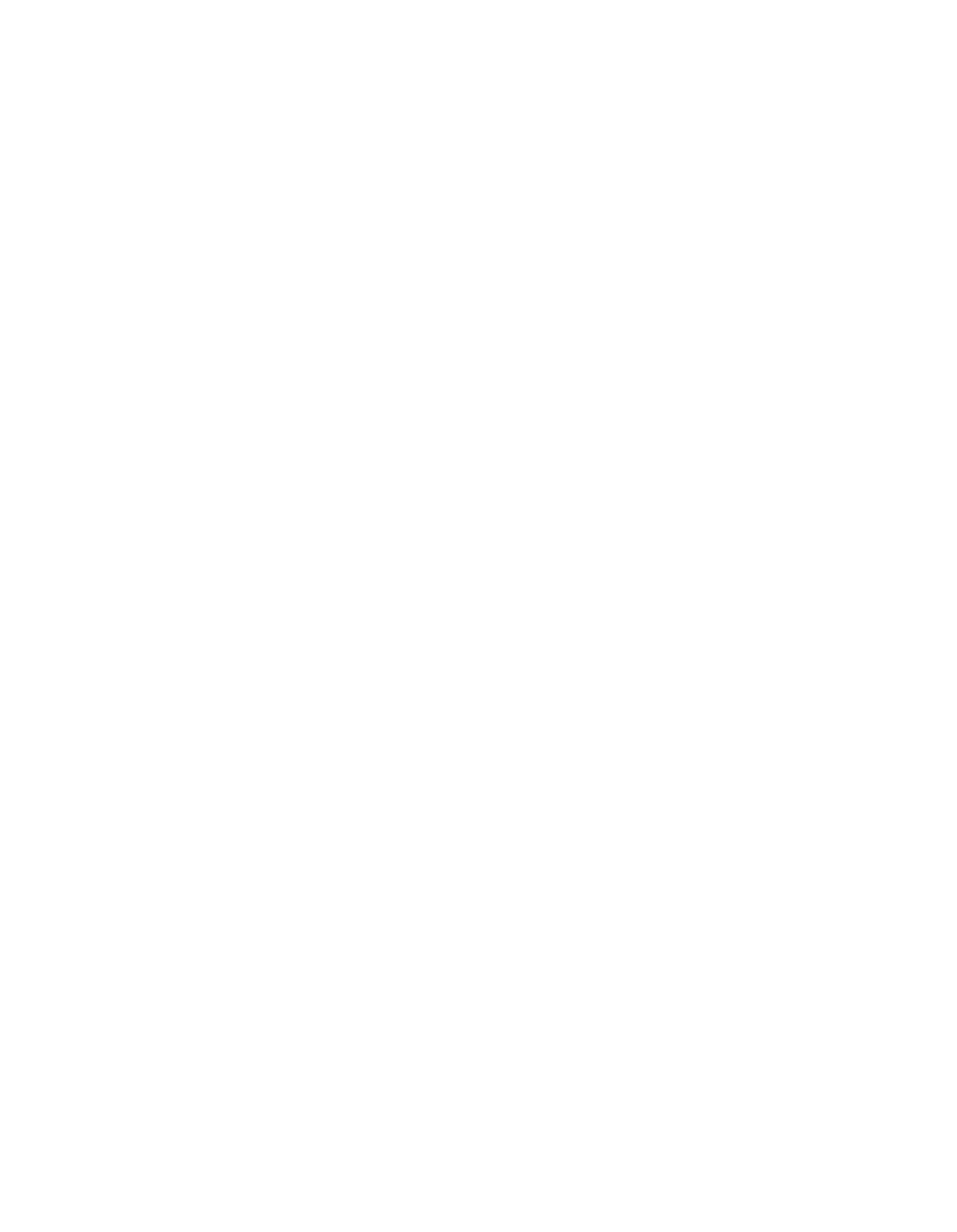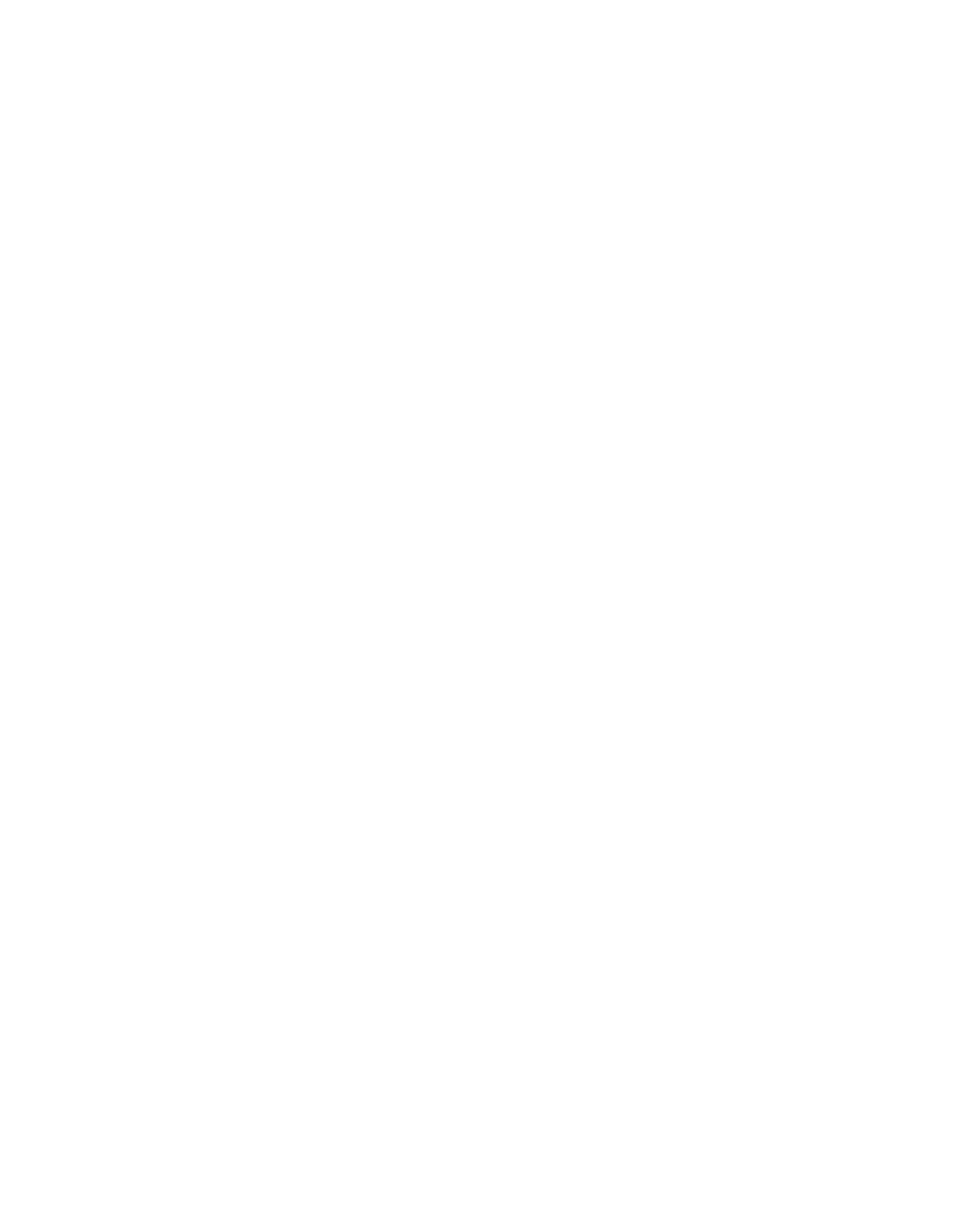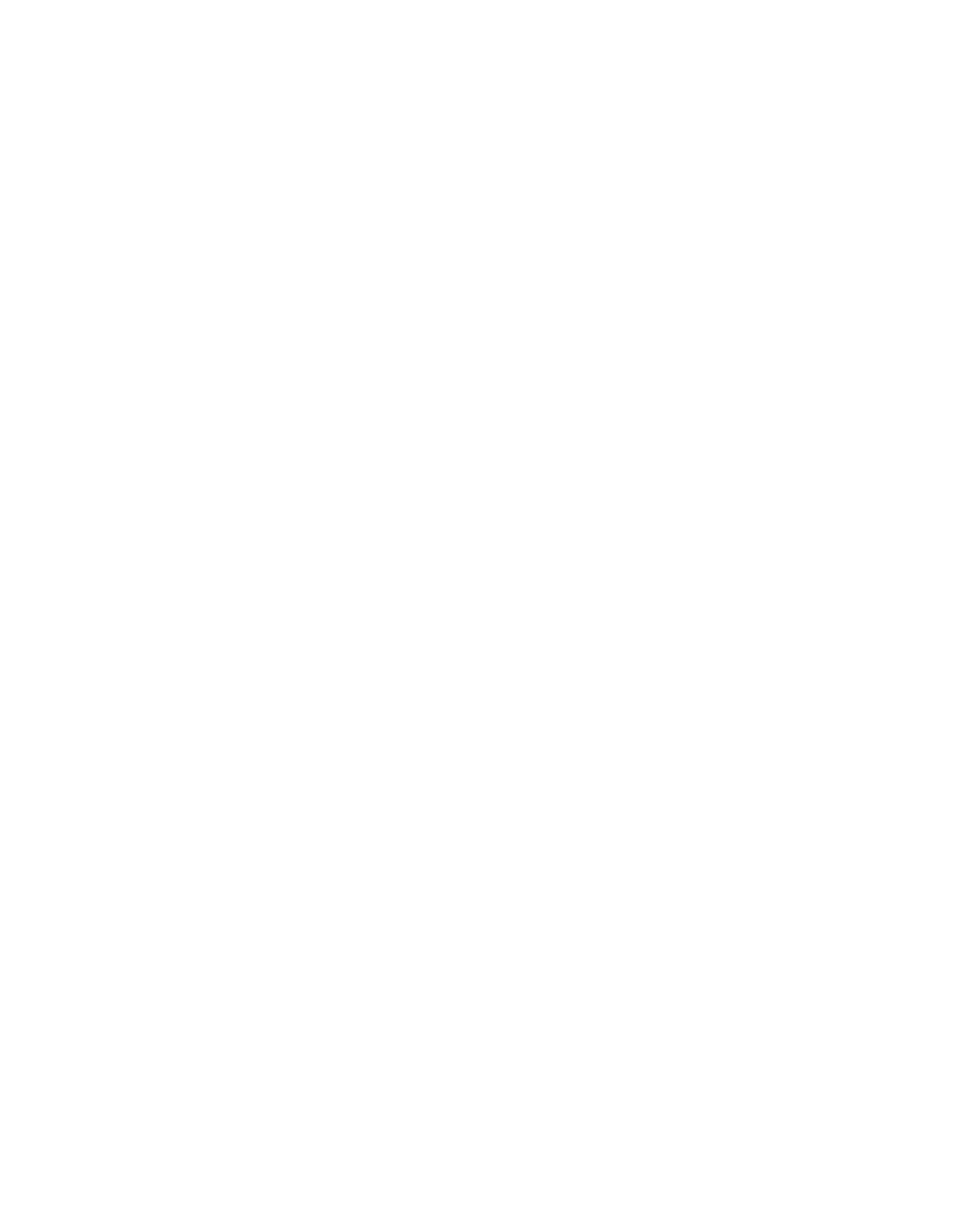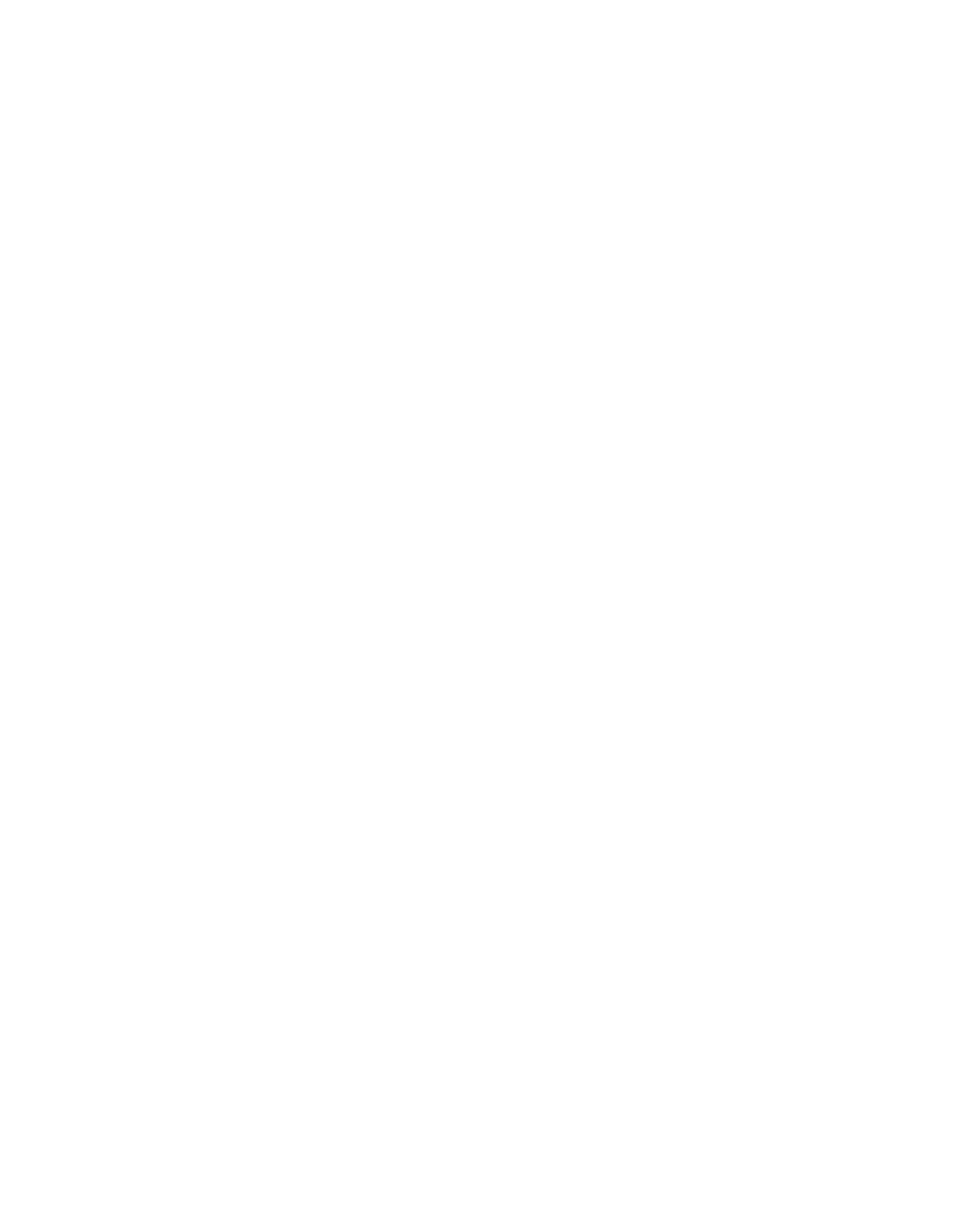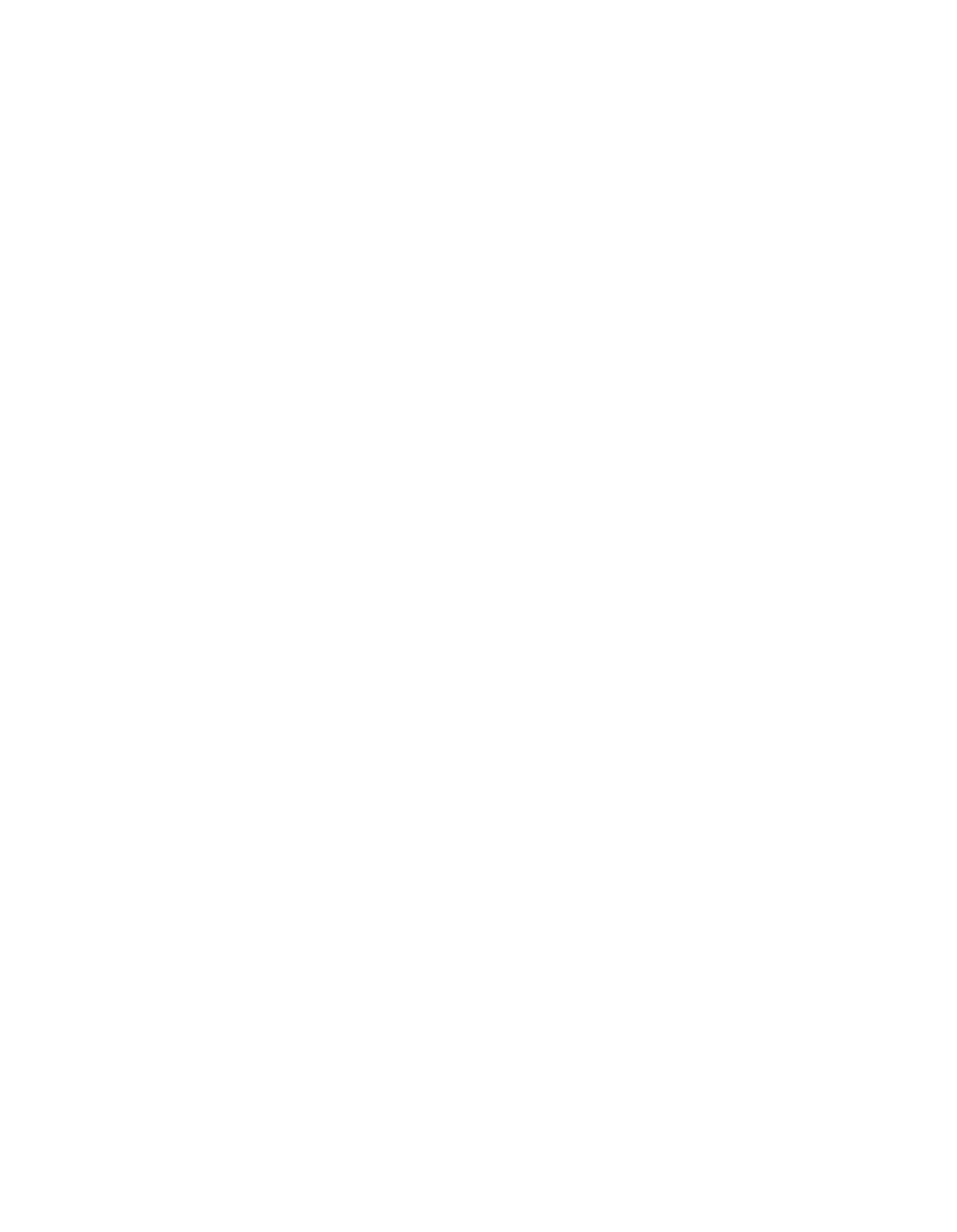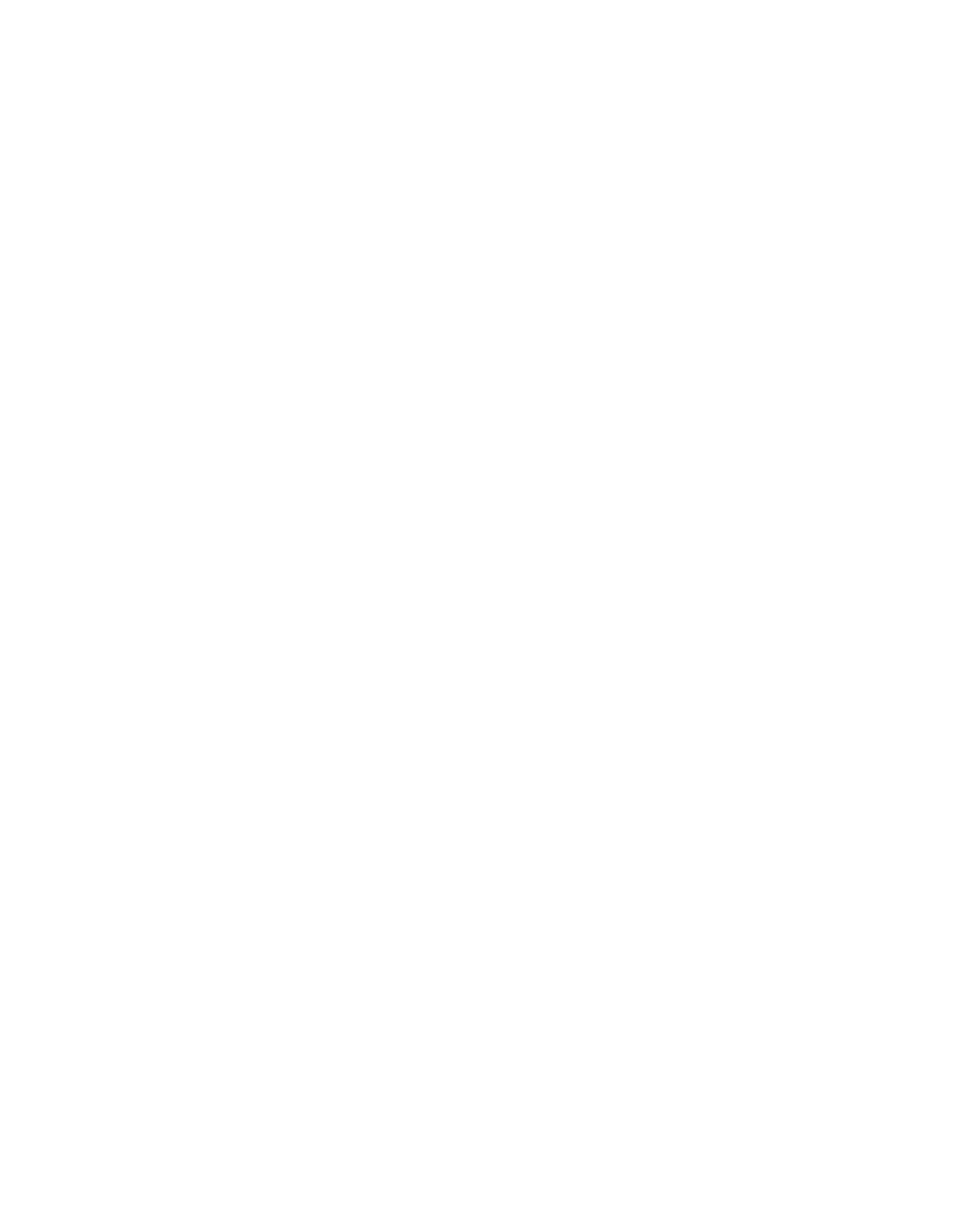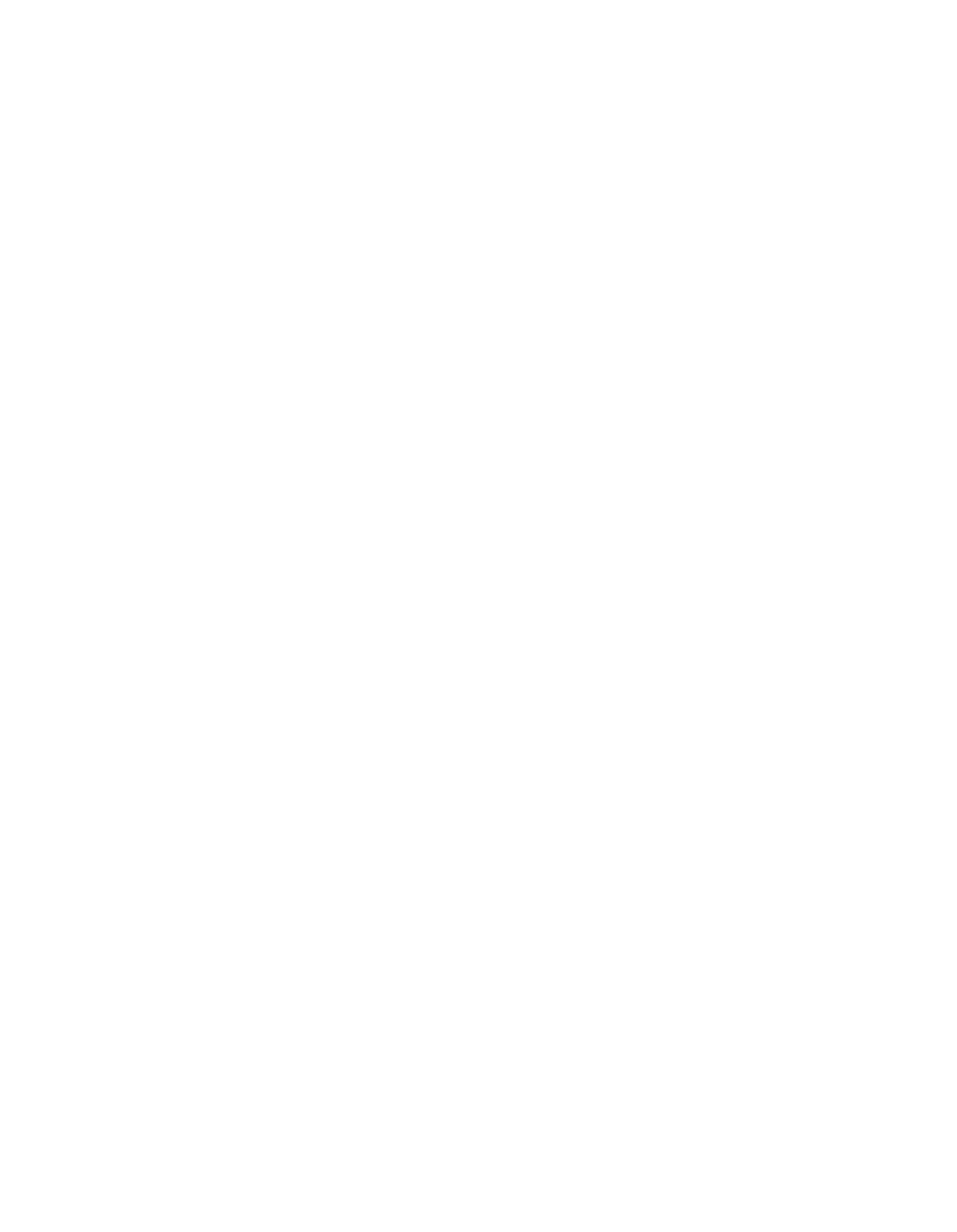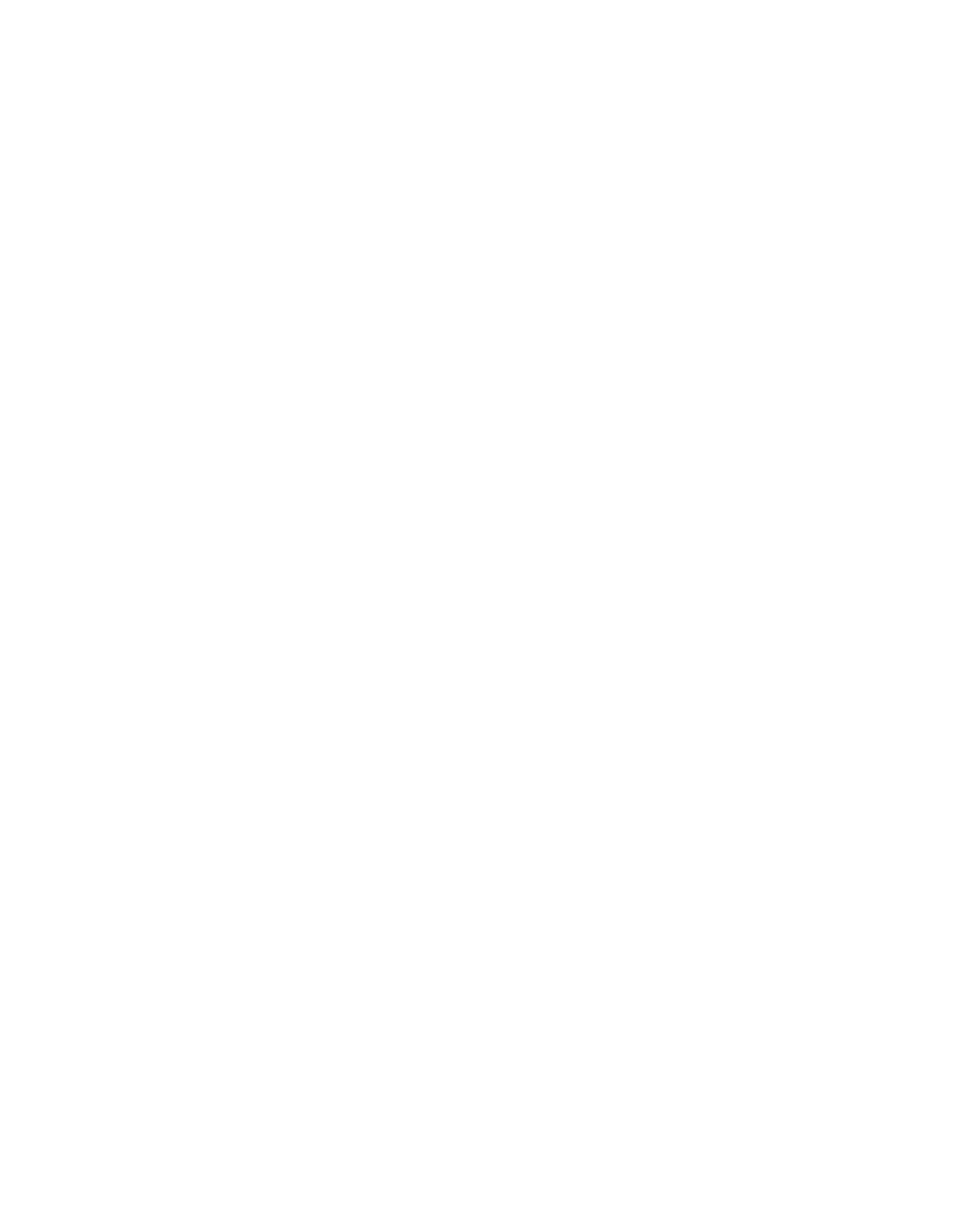ILLINOIS POLLUTION CONTROL BOARD
October
1,
1987
IN THE MATTER OF:
VOLATILE ORGANIC MATERIAL
)
R82—14
EMISSIONS FROM STATIONARY
SOURCES:
RACT
III
PROPOSED RULE
SECOND NOTICE
OPINION AND ORDER OF THE BOARD
(by
B.
Forcade):
This matter
conies before the Board on
a series of proposed
amendments
to 35
Ill.
Adrn.
Code Par
215, Organic Material
Emission Standards
and Limitations,
for the control of
the
pollutant ozone.
All
of
the proposed amendments address
some
aspect of the existing
regulations controlling volatile organic
material
(“VOM’T) emissions
from coating operations.
Amendments
to 35
Ill.
Adm,.
Code 211.122, 215.204, 215.205
and 215.207 will
be considered
in the instant opinion
and order.
Merit hearings
on
the proposed amendments
were held on December
2—3,
1985;
March
20—21,
1986; August
4, 1986~August
7,
1987;
September
3—4,
1986;
October
30,
1986;
and November
7,
1986.
Hearings
regarding the
Economic Impact Statement
(EcIS)
for Sections 215.204 and 215.207
were held on May
8 and 21,
1987.
Final merit evidence was also
accepted at these hearings.
The record closed on June
30,
1987.
On July 16,
1987,
the Board proposed regulatory amendments
to Section 211.122,
215.204, 215.205 and 215.207 for
first notice
comment which were published
at
11
Ill.
Reg.
12811
and 12835,
August
7,
1987.
The statutory 45—day comment period ended on
September
21,
1987.
The Board posed additional questions
for the
participants
to comment
on through
a hearing officer order,
dated
August
27,
1987.
Four substantive
comments were received
regarding
the proposed amendments.
Additionally, non—substantive
comments were received from the Secretary of State’s Adminis-
trative Code Unit
regarding form and format of the proposed
rules.
Those changes have been made
at second notice.
In a letter filed
September
22,
1987,
the Minnesota Mining
&
Manufacturing Company
(3M)
requested that the hearing officer
extend the first notice comment period for the proposed
amendments until October 10,
1987.
The Agency filed
a motion to
deny 3M’s request on September
29,
1987.
The hearing officer
referred this matter
to the Board
as
it would impact the timing
of
the Board’s decision
in this matter.
The Board denies 3M’s
request.
First,
the request
is untimely,
as
the statutory 45—day
comment period ended
on September
21,
1987.
Second,
to allow 3M
an additional opportunity to comment on not only the proposed
amendments, but the Agency’s timely filed comments
as well,
would
82—165
not be evenhanded
or
fair.
Finally,
the additional two to three
weeks delay that granting 3M~s request would cause
is
unacceptable
to the Board.
The Board
is attempting
to proceed
with regulations controlling ozone precursors
as quickly
as
fairness and the requirements of the Environmental Protection Act
and
the Administrative Procedures Act permit.
The federal
deadline
for achievement of the National Ambient Air Quality
Standard
for Ozone
is December
31,
1987,
The Board
and the
Agency have expended considerable efforts
to promulgate
final
rules
by
that date.
Further delay in this proceeding could very
well
defeat that goal.
The
Board wishes
to clarify that
the
instant Opinion and Order does not address
the site—specific
amendment proposed by
3M
for
its Bedford Park
facility.
Today’s
action addresses
the proposed amendments
to the rules
of general
applicability.
The 3M site—specific
is presently awaiting merit
decision.
The first commenter
raises two issues
regarding certain
language in the Opinion of July
16,
1987
(P.C.
115).
First,
the
commenter asserts
that the United States Environmental Protection
Agency’s
(USEPA) position regarding defects
in existing Section
215.207
is not
as clear
as the Board’s opinion may
lead one
to
believe.
The commenter suggests
that
the existing rule was
approved
in
1980
by USEPA without condition.
However, even the
commenter
concedes
that subsequent action by USEPA,
in the form
of testimony
in Board proceedings
and formal comment on the
State’s RACT
II
package, does make USEPA’s position clear.
The
Board concedes
that the issue has been debated
in the context of
this proceeding as well
as
in variances and permit appeals.
While the
issue may not have been crystal
clear
in the early
1980’s,
it certainly
is clear
today.
The record
in the
proceeding supports both
the wisdom and necessity of modifying
Section 215.207.
The commenter’s second issue
is whether
or not compliance
plans based
on Section 215.207
need
to be submitted to USEPA as
State
Implementation Plan
(SIP)
revisions under tJSEPA’s “bubble
policy”
(P.C.
115).
The Board,
itself, was concerned with these
issues and requested additional
comments
in the August 27,
1987,
Hearing Officer
Order.
It
is apparent from the record before the
Board
that USEPA’s position has fluctuated wildly on
this
issue.
The commenter accurately notes
that rJSEPA’s policy “has
not been
as clear
as
the opinion might be
read
to suggest.”
However, while this issue
is obviously very important to
facilities presently utilizing Section 215.207
to achieve
compliance with RACT coating limitations,
it
is tangential
to the
issues presently before the Board
in this proceeding.
The Board
is in the process
of amending
its regulations.
The issue
of how
the rule will
be
implemented by other agencies
of government may
or may not come before this Board.
If and when such issues are
presented to the Board
for adjudication,
the wisdom and legality
of the rules’
implementation
can
be appropriately addressed.
82—166
—3—
The second commenter notes
two typographical errors
in the
proposed amendments to Section 211,122,
the definition
of “Power
Driven Fastener Coatings”
(P.C.
116).
First,
in line
3 of
the
definition
“0.254
inch”
should read “0.0254
inch.”
Second,
in
line
14 of the definition “Counsel”
should be “Council.”
These
corrections have been made at second notice.
The third commenter responded
to the questions posed
in the
August 27, 1987,
Hearing Officer Order regarding the interpreta-
tion of
the internal offset rule, Section 215.207,
and the
applicability of
the USEPA federal bubble policy.
The commenter
utilizes existing Section 215,207
to achieve
compliance with the
RACT coating
limitations.
The proposed amendment
to Section
215.207 will not impact the commenter’s compliance status.
However,
the commenter
is the subject
of
a USEPA enforcement
action.
The commenter’s Section
215.207 compliance plan was
never submitted as
a SIP revision
to USEPA.
As previously noted,
USEPA’s position on the necessity of
submittal
of such permits
as
SIP revisions has been confusing and inconsistent.
The commenter
urges that the Board
not take any action
to revoke or qualify the
protections available under Section 215.207
on which many
companies have
relied.
The Board,
by amending Section 215,207,
does change
the content of the rule.
However,
the principles,
requirements and conditions embodied
in the December
6,
1986,
federal “bubble policy” are not expressly incorporated
in the
language of the amended
rule.
It may be argued that consistency
with
the federal
“bubble policy” may be necessary to comply with
federal law or policy.
The Board,
however, makes
no such holding
today.
The Illinois Environmental Protection Agency
(Agency) filed
comments responding
to questions posed both
in the July 16,
1987,
first notice opinion and
in the August 27,
1987, Hearing Officer
Order
(P.C.
119),
The Agency also supplemented
the record with
various newspaper articles and documents regarding ozone
attainment and
the SIP process.
The Agency responds
to the Board’s request
for justification
of
the proposed language
in Section 215.207(a)
that reads:
“methods or procedures used
to determine emission
of VOM under
this Section shall
be approved by the Agency.”
First,
the Agency
responds that
this language was copied from Section 215.205
for
consistency and also because
it has already been found acceptable
by the Board
for Section 215,205.
Second,
this language does not
authorize the Agency
to change existing test methods already
adopted by the Board.
Third, this
language enables the Agency
to
review elements of compliance procedures not otherwise addressed
by Board
rules, and
to formalize procedures
to be followed or
formalize Agency acceptance of procedures submitted by
a company,
in permit conditions.
These procedures address items that the
Agency must examine
in the permitting process
in order
to
determine
the adequacy of the application and the compliance
82—167
—4—
status of
the company, such
as selected
coating lines,
calculation procedures,
frequency of sampling,
verification of
control equipment efficiency, extent of material usage
records,
nature
of documentation on coating VOM content, and availability
of records.
The nature of these procedures can vary greatly
depending upon the particular circumstances of
a company,
e.g.,
the margin of compliance,
the equipment present, and the nature
of existing production records.
Fourth,
in the absence of prior
review by the Agency
in the permitting process,
a company could
believe
that
it was satisfying
the requirements of Section
215.207.
However,
the Agency could consider
the company not
to
be
in compliance
for failure
to adequately address
the
requirements
of Section 215.102, Section 215.207(a),
Section
215.207(c),
or Section 215,208.
The Agency’s proposed language
protects
a company by drawing attention
to the fact that the
methods
and procedures must be presented
to and approved by the
Agency.
The Agency reminds the Board
that Agency determinations
made
in the permitting process are subject
to appeal and review
by the Board
in
a permit denial
appeal.
The Board finds
the Agency’s justification persuasive.
The
implementation of Section 215,207
as
a compliance option varies
with each and every facility.
Section 215,207
is intended to
provide
a flexible alternative
to line—by—line compliance with
the emission limitations
of Section 215,204, with certain
restrictions.
Inherent
in its approach
is
a requirement of
flexibility
in Agency review and implementation.
It
is not
possible to write a coherent rule that envisions all
contingencies and potential applications.
Therefore,
in the
limited context of these
rules,
we believe
that the “shall be
approved by the Agency” language
is appropriate and necessary.
Concerning
the Board’s request
for clarification regarding
the use of the language “selected coating
lines”
in proposed
Section 215.207(a),
the Agency responds that the selection of
the
coating lines
is made by the permit applicant.
The intended
basis of
the selection
is for the company
to demonstrate
compliance with
a minimum number
of coating
lines.
The Board
appreciates this clarification.
In the July
16,
1987, Opinion,
the Board suggested certain
modifications
in Section 215.207
to the definitions of R~, EALL,
EACTand S~. The Agency concurs with these suggested changes as
they are consistent with the Agency’s intent and help clarify the
rule.
These changes are made at second notice.
In response to questions posed in the August
27,
1987,
Hearing Officer Order,
the Agency states that
56 permits based
on
Section 215.207 have been issued.
Of these,
46 are in ozone non—
attainment areas
and 10 are in attainment areas, including
four
in McHenry or Will County.
The Agency has not submitted any of
82—168
—5—
the permits based
on existing Section 215.207
to the USEPA
as
formal amendments
or revisions
to the Illinois SIP for ozone.
The Agency contends that the proposed amendments to Section
215,207 are “pending” before USEPA.
Commenting generally about
the language of Attachment
3 and
the federal Emissions Trading Policy,
the Agency reminds
the
Board
that Section 215.207 was conditionally approved by USEPA
in
1980.
As
an approved rule that
is part of
Illinois’
SIP, any
company can avail themselves
of the regulation.
The Agency’s
proposed Section 215.207 was sent
to USEPA for parallel
processing
as
a SIP revision on September
5,
1985.
If the
Agency’s proposed Section
215.207
is adopted
by the Board, USEPA
should approve
it since
it corrects
the flaw
in the regulation
(volumetric calculations) which has been identified by USEPA.
Companies should continue
to be able
to avail themselves of
this
regulation in the future.
The Agency concedes that the amendments
to Section 215.207
presently pending do not conform to the federal
“bubble policy”
of December
6,
1987.
However,
the Agency does not suggest that
Section 215,207
be further modified at this
time.
The Agency
contends that the amendments presently pending will correct
a
long—standing deficiency and will
be responsive to USEPA’s
present concerns.
The Agency suggests
that Section 215.207 may,
at some future time,
need
to be further modified
to be consistent
with federal policy.
The Agency believes that the amendments
to
Section 215,207 pending before the Board will be approved by
USEPA.
If and when the Agency receives
a SIP deficiency notice
from USEPA regarding consistency with the federal “bubble
policy”,
it will
consider further amendment.
The Board believes
that the Agency’s suggested course
of
action
is
a prudent one under
the circumstances.
The Board notes
that the federal “bubble policy”
is relatively new and its
incorporation or implementation
in presently pending amendments
to Section 215.207
is not presently at
issue
in this
proceeding.
The proposed amendments will help fulfill the
state’s obligations
under
the Clean Air Act and avoid federal
sanctions.
The Board will,
therefore, direct the Clerk
of the
Board to submit the proposed amendments
to Sections 211.122,
215,204, 215.205 and 215.207 for second notice review by the
Joint Committee on Administrative Rules.
ORDER
The following amendments
to
35 Ill. Adm.
Code Parts 211 and
215 are directed
to the Joint Committee
on Administrative Rules
for second notice review.
82—169
—6—
TITLE
35:
ENVIRONMENTAL PROTECTION
SUBTITLE
B:
AIR POLLUTION
CHAPTER
I:
POLLUTION CONTROL BOARD
SUBCHAPTER
c:
EMISSION STANDARDS AND LIMITATIONS
FOR STATIONARY SOURCES
PART 211
DEFINITIONS AND GENERAL PROVISIONS
SUBPART A:
GENERAL PROVISIONS
Section
211.101
Incorporations by Reference
211.102
Abbreviations and Units
SUBPART
B:
DEFINITIONS
Section
211.121
Other Definitions
211.122
Definitions
Section 211.122
Definitions
“Power Driven Fastener Coating”:
The coating
of nail,
staple, brad and finish nail fasteners where such
fasteners are fabricated from wire or rod of 0.0254
inch
diameter or greater, where such fasteners are bonded
into coils or strips,
such coils
and strips containing
a
number of such fasteners, which fasteners are manufac-
tured
for use
in power
tools,
and which fasteners must
conform with formal standards for specific uses estab—
lished
by various federal
and national organizations
including Federal Specification FF—N—lOSb of the General
Services Administration, Bulletin UM—25d
of the U.S.
Department
of Housing
and Urban Development
—
Federal
Housing Administration and
the Model Building Code of
the Council
of American Building Officials,
and similar
standards.
For
the purposes
of
this definition,
the
terms “brad”
and “finish nail”
refer
to single leg
fasteners fabricated
in the same manner
as staples.
The
application of coatings
to staple, brad, and finish nail
fasteners may be associated with the incremental forming
of such fasteners
in
a cyclic or
repetitious manner
(incremental fabrication)
or with the forming
of strips
of
such fasteners
as
a unit from a band of wires
(unit
fabrication).
“Specialty High Gloss Catalyzed Coating”:
commercial
contract finishing of material prepared for printers and
lithographers where the finishing process uses
a
solvent—borne coating,
formulated with
a catalyst,
in
a
82—170
—7—
quantity of
no more than 12,000 gallons/year
as
supplied, where the coating machines are sheet
fed and
the coated sheets are brought
to
a minimum surface
temperature of 190
F.
,
and where
the coated sheets are
to achieve
the minimum specular reflectance index of 65
measured at
a
60 degree angle with
a gloss meter.
(Source:
Amended at
Ill.
Reg.
,
effective
)
TITLE
35:
ENVIRONMENTAL PROTECTION
SUBTITLE
B:
AIR POLLUTION
CHAPTER
I:
POLLUTION CONTROL BOARD
SUBCHAPTER
c:
EMISSION STANDARDS AND
LIMITATIONS FOR STATIONARY SOURCES
PART 215
ORGANIC MATERIAL EMISSION STANDARDS AND LIMITATIONS
SUBPART
F:
COATING OPERATIONS
Compliance Schedules
Emission Limitations
for Manufacturing Plants
Alternative Emission Limitations
Exemptions from Emission Limitations
~
eff~e~
Compliance by Aggregation
of Emission
Sources
Testing Methods
for Solvent Content
Exemption from General Rule on Use of Organic Material
Alternative Compliance Schedule
Compliance Dates and Geographical Areas
Compliance Plan
Special Requirements for Compliance Plan
Section 215.204
Emission Limitations
for Manufacturing Plants
No owner
or operator
of
a coating line shall cause
or allow the
emission of volatile organic material to exceed the following
limitations
on coating materials,
excluding water and any
compounds which
are specifically exempted from the definition
of
volatile organic material pursuant to this Part,
delivered to the
coating applicator:
a)
Automobile or Light Duty Truck Manufacturing Plants
1)
In Cook County
kg/i
lb/gal
Prime coat
0.14
(1,2)
Prime surfacer coat
0.34
(2,8)
Section
215,202
215,204
215.205
215.206
215.207
215.208
215.209
215.210
215.211
215.212
215.213
82—171
—8—
(Board Note:
The prime surfacer coat limitation
is
based upon a transfer efficiency
of
30 percent.
The prime surfacer coat limitation shall not apply
until December
31,
1982.)
Top coat
0,34
(2,8)
(Board Note:
The limitation
is based upon
a
transfer efficiency of
30 percent.
The top coat
limitation shall not apply until December
31,
1985.)
Final
repair coat
0.58
(4.8)
(Board Note:
The limitation shall not apply until
December
31,
1985)
2)
In Boone County
Prime Coat
0.14
(1.2)
Prime coat surfacer
0,34
(2.8)
Top coat
0,34
(2.8)
(Board Note:
The top coat limitation shall not
apply if by December
31, 1984,
a limitation of 0.43
kg/l
(3.6 lb/gal)
is achieved and the top coat
is
applied with
a transfer efficiency of not less than
55 percent and by December
31,
1986,
the top coat
is applied with
a transfer efficiency of not less
than 65 percent)
Final repair coat
0,58
(4,8)
3)
In the remaining counties
Prime
coat
0.14
(1.2)
Prime surfacer coat
0.34
(2.8)
Top coat
0.34
(2,8)
Final repair coat
0.58
(4.8)
b)
Can Coating
1)
Sheet basecoat and
Overvarnish
0,34
(2.8)
2)
Exterior basecoat
and overvarnish
0.34
(2.8)
3)
Interior body spray
coat
0,51
(4.2)
4)
Exterior end coat
0.51
(4.2)
5)
Side seam spray coat
0.66
(5.5)
82—172
—9—
6)
End sealing
compound coat
0.44
(3.7)
c)
Paper Coating
1)
All paper coating except
as provided
in sub
section
(c)(2)
0.35
(2.9)
2)
Specialty High Gloss
Catalyzed Coating
0.42
(3.5)
(Board Note:
The These limitations shall not apply
to
equipment used for both printing and paper coating)
d)
Coil Coating
0.31
(2.6)
e)
Fabric Coating
0.35
(2.9)
f)
Vinyl Coating
0.45
(3.8)
g)
Metal Furniture Coating
0,36
(3.0)
h)
Large Appliance Coating
0.34
(2.8)
(Board Note:
The limitation
shall not apply to the use
of quick—drying lacquers
for
repair
of scratches and
nicks
that occur during assembly,
provided that the
volume of
coating does not exceed 0.95 liters
(1 quart)
in any one eight—hour
period)
i)
Magnet Wire Coating
0.20
(1.7)
j)
Miscellaneous Metal Parts
and Products Coating
1)
Clear coating
0.52
(4.3)
2)
Air dries coating
0.42
(3.5)
3)
Extreme performance
coating
0.42
(3.5)
4)
Power driven fastener coating
A)
Nail coating
Refer
to limits
in
(j)(l),
(2),
(3)
and
(5)
82—173
—10—
B)
Staple,
brad
arid fin-
ish nail unit fabri-
cation bondir~g
coating
0.64
(5.3)
C)
Staple,
brad and fin-
ish nail incremental
fabrication lubri-
city coating
0.64
(5.3)
D)
Staple, brad and fin-
ish nail incremental
fabrication withdrawal
resistance coating
0.60
(5.0)
E)
Staple,
brad and fin-
ish nail unit fabri
cation coating
0.64
(5.3)
45)
All other coatings
0.36
(3.0)
(Board Note:
The least restrictive limitation shall
apply
if more than one limitation pertains
to
a specific
coating)
k)
Heavy Off—highway Vehicle
Products
1)
Extreme performance
prime coat
0.42
(3.5)
2)
Extreme performance
top coat—air dried
0,52
(4.3)
3)
Final
repair coat—
air dried
0.58
(4,8)
1)
Wood Furniture Coating
1)
Clear topcoat
0.67
(5,6)
2)
Opaque stain
0.56
(4.7)
3)
Pigmented coat
0.60
(5.0)
4)
Repair coat
0.67
(5.6)
5)
Sealer
0.67
(5.6)
6)
Semi—transparent
stain
0.79
(6.6)
82—174
-Il-
7)
Wash coat
0.73
(6.1)
(Board Note:
The repair coat has overall transfer
efficiency of
30 percent;
all others have an overall
transfer efficiency
of 65 percent.)
(Source:
Amended
at
Ill.
Reg.
________,
effective
Section 215.205
Alternative Emission Limitations
Owners or operators of coating
lines subject
to Section 215.204
may comply with this Section,
rather than with Section 215,204.
The methods or procedures used
to determine emissions of organic
material under
this sSection shall be approved by the Agency.
Emissions of volatile organic material from sources subject to
Section 215.204, are allowable, notwithstanding
the limitations
in Section 215.204,
if ~t~ehem
s~ort~ere eon
o3~e~by one of
the fo3~ow4ng
methods:
a)
For those sources subject to Section 215,204(b),
the
emissions are controlled by Aan afterburner
system which
provides:
~ p~ov4~ed~he~
Th ~e~een~
of the em~s~one
from the eoo~4n~~ne
on~9~~ereen~
of the nonmethene
vo~3e
o~gen~emer~a~+meast~e~e~~e’~ei~
eombt~s~4b~e
eathon)-
w~4ehen~er~the
ef~e~b~ne~
~e
o~4d4~ed~o
carbon d4ox4~ean~wa~eri or
1)
75
reduction
in the overall emissions
of volatile
organic material from the coating
line, and
2)
Oxidation
to carbon dioxide and water
of 90
of
the nonmethane volatile organic material
(measured
as total combustible
carbon)
which enters
the
afterburner.
b)
For all other
sources subject
to Section 215,204, the
emissions are controlled by an afterburner system which
provides:
1)
81
reduction
in the overall emissions of volatile
organic material from the coating line,
and
2)
Oxidation
to carbon dioxide and water
of 90
of
the
nonmethane volatile organic material
(measured as
total combustible carbon) which enters the after-
burner.
bc)
1~The system used to control such emissions
is
demonstrated
to have control efficiency equivalent
to or
greater than that provided under
the applicable pro-
vision of Section 215.204
or subsections
(a)
or
(b)
ae
a~preve~by the Ageney.
82—175
—12—
(Source:
Amended
at
Ill.
Reg.
_______,
effective
Section 215.207
~n~erne~ êffse~ Compliance by
Aggregation
of
Emission
Sources
a)
No
per~en
~ha~
eat~e
or
a~ow
the em4~4on of vo~a~43e
organ~e
ma~er4a~ from
any
eoa~4ng
~4ne
~o
e~eeed
any
~m4~a~en
eon~a4ne~~n See~4en~5T2g4
t~n~e~
Owners
or
operators of coating
lines subject
to Section 215.204
may comply with this
Section rather than with Section
215.204.
The methods
or procedures used
to determine
emissions of volatile organic material
under
this
Section shall
be approved by
the Agency.
Emissions of
volatile organic material from sources subject
to
Section 215.204 are allowable, notwithstanding the
limitations
in Section 215.204,
if
the combined actual
emissions ra~efrom aH
selected coating lines at the
coating plant,
but not including coating
lines
or other
emission sources constructed
or modified after July
1,
1979,
is less
than or equal
to the combined allowable
emissions re~eas determined
by the following equations:
BALL
=
~
(A~B1)~
j=l
i=l
EACT
~
(CiBj(l
—
j=l
i=l
b)
A1 shall be determined by the following formula:
A
=
____________
1
1
-
______
bc)
As used in subsection
(a),
symbols mean the following:
BALL
=
the allowable volatile organic material
emissions ra~efrom the coating plant
in
k4~ogram~per ~ay kg/day
(pounds per ~ay
lb/day).
A1
the allowable emission rate limit
for eae~a
coating pursuant
to Section 215,204 express~d
in
kg/l
(lbs/gal)
of coating solids7 e~e~a~ng
wa’~er7 de~vered
~e
the
eoa~ng
app~4ea~or.
82—17 6
—13—
=
the volume of
eee~’t coating solids
in 1/day
(gal/day),- exe~~ng
wa~er~in
a coating as
delivered
to the coating app~4ea~orline.
m
=
the number
of coating lines included in the
combined emission rate.
n
=
the number
of ~ype~ of different coatings
delivered
to
the
a
coating
epp~4ea~orline.
EACT
=
the actual volatile organic material emissions
rate from the coating plant
in kg/day (lb/day)
=
the weight
of volatile organic material per
volume
of
eoa~ng
solids
in kg/l
(lb/gal)
for
eaelrt
a coating app~4e~.
D~
=
the control efficiency by which emissions of
volatile organic material from the a coating
are reduced through the use of control
equipment.
=
the applicable volatile organic material
emission limit pursuant
to Section 215.204,
for
a coating
in kg/l
(lb/gal).
=
the density of
the volatile organic material
in
a coating
in kg/l
(lb/gal).
ed)
The
owner
or
operator
of
the
coating
plant
shall
maintain records of the density of
the volatile organic
material
in each coating,
the quantity and ~o~ven~
volatile organic material and solids content of each
coating applied
and the line to which ~i coating
is
applied,
in such
a manner so
as
to a~st~redemonstrate
continuing compliance with the combined allowable
emissions
re~e.
~e)
Except
for emission sources subject to Sections 215.301
or 215.302, credits for offse~e from emission sources at
the coating plant
that are subject to this Part,
other
than coating lines, may be given7 b~ oni~yto the extent
that they repre~en~re~e~4ensemissions
are reduced
from the allowable emission limits for such emission
sources contained
in either this Part,
or any existing
operating permit, whichever
limit is less.
(Source:
Amended at
Ill.
Reg.
________,
effective
IT
IS SO ORDERED
82—177
—14—
I,
Dorothy M.
Gunn, Clerk
of the Illinois Pollution Control
Board, hereby certify that the above Proposed Rule,
Second Notice
Opinion and Order was adopted on the /~~* day
of ______________________,
1987,
by a vote of
~O
*
Dorothy M. X~unn,Clerk
Illinois Pollution Control Board
82—178


